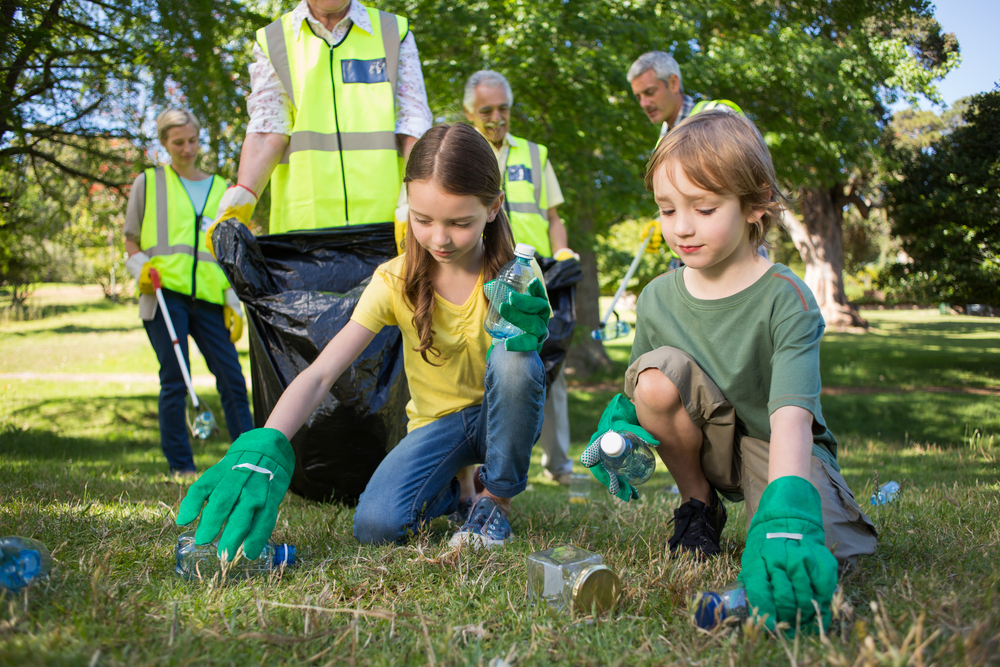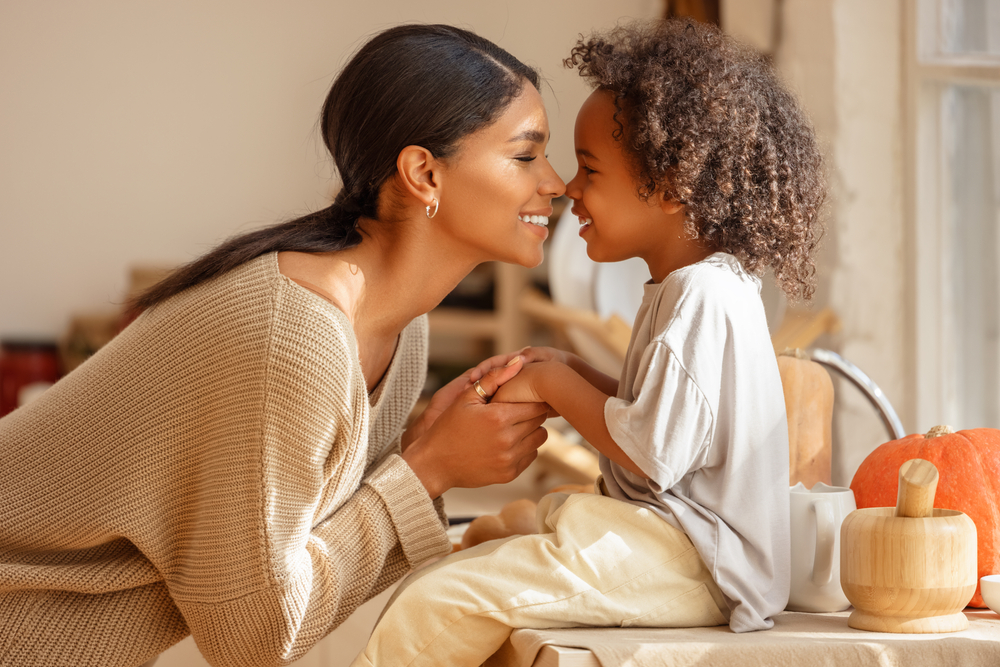10 Ways to Help Our Kids Be More Grateful
Modeling and Motivation

Kathryn Egly
Gratitude is a fundamental aspect of emotional intelligence and wellbeing, and teaching it to children can have long-lasting positive effects on their development and outlook on life.
Cultivating a heart of gratitude in our children begins when we model what that looks like.
Here are 10 ways to cultivate GRATITUDE in our children:
1. Model it.
Children often learn by observing the behavior of adults and caregivers in their lives. If you consistently express gratitude for the things you have and the actions of others, your children are more likely to emulate this behavior.
2. Talk about it.
Verbalize your feelings of gratitude regularly. When you thank others for their kindness or acknowledge the positive aspects of your life, you demonstrate to your children the importance of acknowledging and appreciating the good things.

3. Teach the value of effort.
Help children understand that many things they enjoy in life, whether it’s a meal, a clean home or a loving family, require effort and work. Show them how to appreciate the effort that goes into providing these things.
4. Encourage reflection.
Encourage your children to reflect on what they’re thankful for. This can be done through simple conversations, a gratitude journal or asking them about the best part of their day. This practice helps them become more aware of the positive aspects of their lives.
“Give thanks to the Lord, for he is good! His faithful love endures forever” (Psalm 107:1 NLT).
5. Give back:
Engage in activities that involve giving back to the community or helping those in need. Volunteering as a family can be a powerful way to show children the value of gratitude and compassion for others.

6. Limit materialism.
In a consumer-driven world, it’s important to teach children that happiness doesn’t come solely from acquiring material possessions. Emphasize experiences, relationships and non-material aspects of life as sources of fulfillment and gratitude.
7. Be Patient.
Developing a sense of gratitude is a process that takes time. Children may not always express gratitude naturally, so be patient and provide gentle guidance.
8. Avoid comparisons.
Discourage comparisons with others, as this can lead to envy and entitlement. Instead, focus on individual growth and the unique circumstances that make each person’s life special.

9. Celebrate achievements.
When your children show gratitude or acts of kindness, celebrate and reinforce these behaviors. Positive reinforcement can motivate them to continue being appreciative and kind.
10. Correct missteps:
If your child displays ingratitude or entitlement, use these moments as teaching opportunities rather than scolding. Explain why their behavior is not aligned with gratitude and help them understand the impact of their actions on others.
Modeling gratitude isn’t just about teaching a behavior; it’s about nurturing a mindset that can lead to a happier and more fulfilling life.
Incorporating these practices into your parenting can help instill a sense of gratitude in your children, which can contribute to their emotional wellbeing, resilience and the development of positive relationships throughout their lives.

Kathryn Egly
Kathryn Egly is a wife, mom, and author. Residing in the beautiful state of Minnesota, she is a part-time teacher, and full-time referee to her four busy boys. When she’s not mediating epic battles over the last cookie, you can find her fueling up on her two secret weapons: coffee and Jesus. Kathryn’s faith, love for others, and her unwavering commitment to her family inspire her writing. With a touch of humor and a whole lot of heart, she shares her experiences through the written word, aiming to connect, uplift, and remind us all that we’re not alone in this wild ride called life. kathrynegly.com
